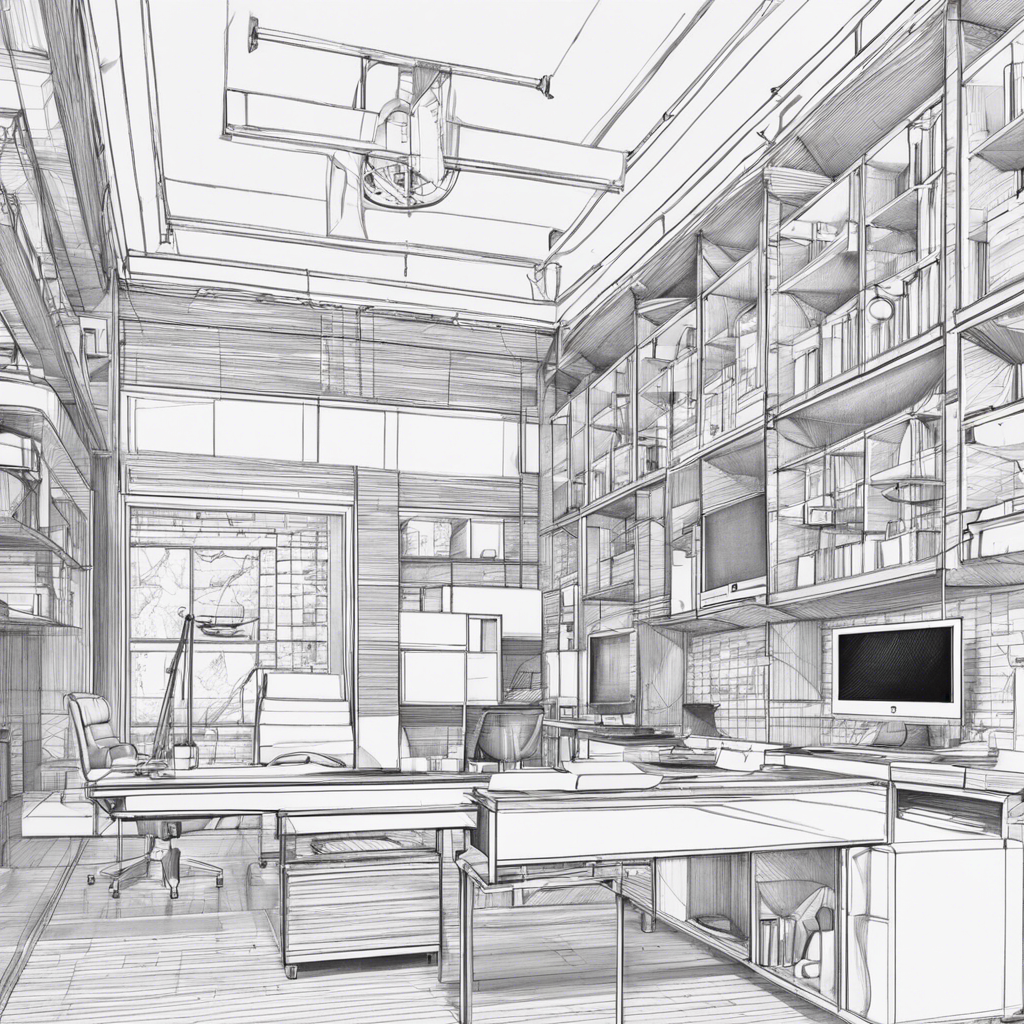Technical drawing and drafting are intricate skills that have found a new niche in the freelance market. With the rise of remote work and online collaboration, many companies now seek freelance technical illustrators and drafters to bring their projects to life. This trend opens up exciting opportunities for skilled professionals to offer their services globally, revolutionizing the way architectural, engineering, and design work is commissioned and completed. Freelancing in this field enables individuals to work on diverse projects, from designing intricate parts for machinery to crafting detailed floor plans for residential or commercial buildings.
The demand for technical drawing and drafting freelancers is particularly high in the construction and manufacturing industries. In construction, for example, technical illustrators play an indispensable role in creating detailed drawings and plans that serve as the blueprint for building projects. These drawings cover everything from structural layouts to the placement of electrical and plumbing systems, ensuring that all components of the construction process are meticulously planned and coordinated. Similarly, in manufacturing, freelance technical drafters contribute to product development by transforming design concepts into precise technical drawings that guide the production process. They produce detailed schematics for various products, from simple household items to complex mechanical assemblies, ensuring that every aspect of the design is accurately represented for manufacturing. Moreover, freelance technical illustrators may also specialize in creating interactive 3D models, providing clients with an immersive way to visualize and explore their projects before construction or production even begins.
Becoming a successful freelancer in this field requires a unique blend of technical expertise and artistic ability. Technical illustrators must possess a deep understanding of the principles of design, engineering, and drafting, along with the ability to translate complex concepts into clear and detailed drawings. They should be adept at using specialized software such as AutoCAD, Revit, or SolidWorks, which are industry-standard tools for creating precise technical drawings and models. Soft skills are also essential for freelancers, including effective communication to understand client requirements and timely delivery of high-quality work. With the right skills and a portfolio showcasing their expertise, freelance technical illustrators and drafters can establish successful careers, working with clients worldwide and contributing to a diverse range of projects. This freelance niche is an exciting opportunity for those with the right skills, offering the freedom and flexibility of self-employment while also allowing them to make a significant impact in the construction, manufacturing, and design industries.

